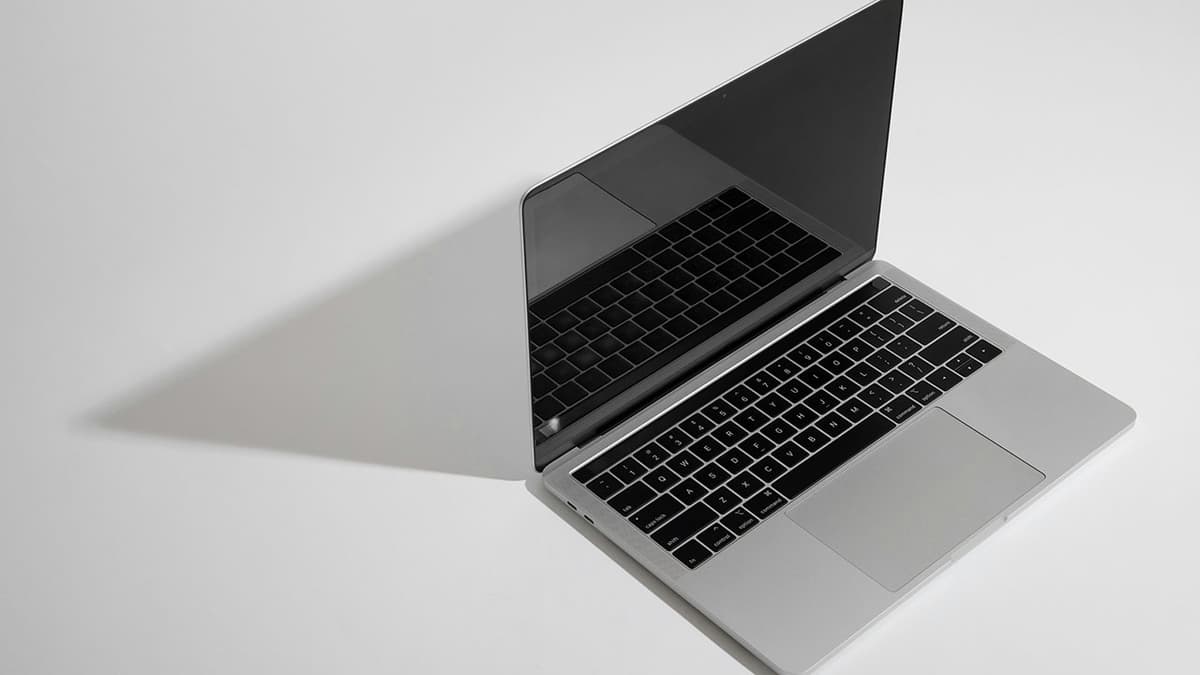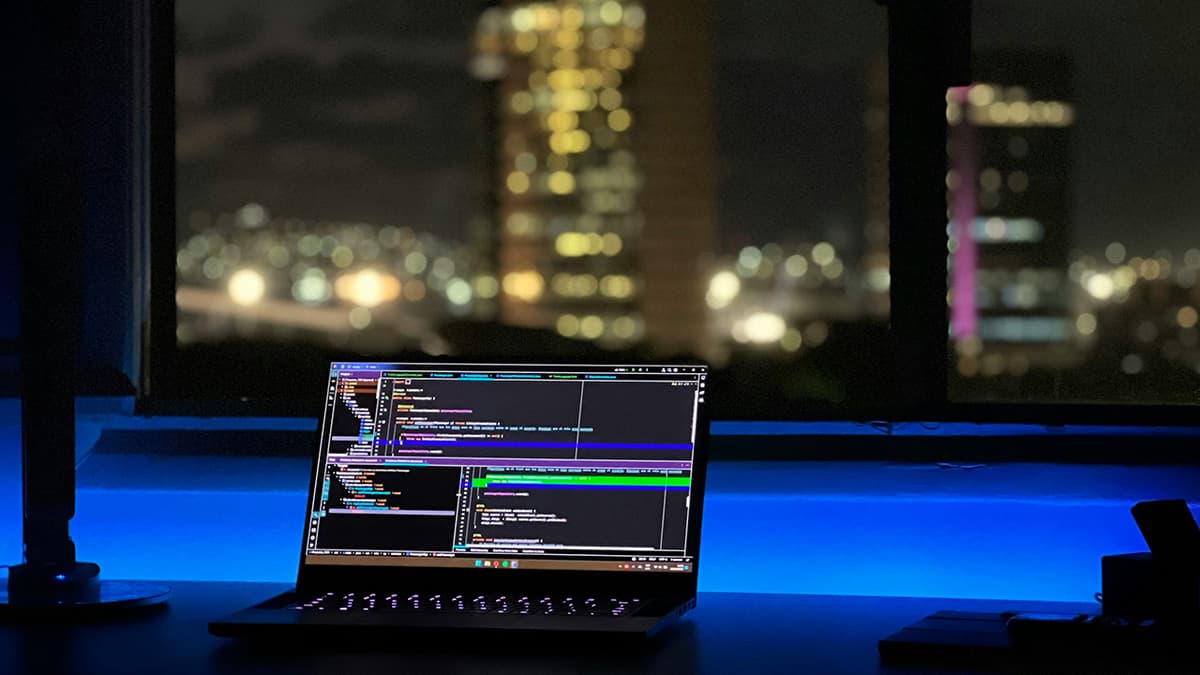How To Flush DNS?
Is your internet running slowly? One useful trick to enhance your connection is DNS flushing. Let’s simplify what this means.
DNS stands for Domain Name System. It acts as the internet's phonebook. When you enter a website's name, DNS converts it into a computer-friendly IP address so your browser can load the site. Think of it as dialing a friend’s name to reach their number.
Occasionally, your device may hold onto outdated or incorrect DNS records. This situation is like your phone trying to call your friend's old number instead of their new one. Flushing the DNS updates those records, ensuring you connect to the correct websites.
The How-To on DNS Flushing
Ready to flush your DNS? Regardless of your operating system, here are the steps to follow.
On Windows:
- Click on the Start menu and type
cmdinto the search box. - Right-click on 'Command Prompt' and select 'Run as administrator'.
- In the command window, type
ipconfig /flushdnsand hit enter. - You will see a confirmation that the DNS Resolver Cache has been flushed.
On macOS:
- Open Spotlight search by pressing Cmd + Spacebar.
- Type 'Terminal' and press Enter.
- For recent macOS versions, input
sudo killall -HUP mDNSResponderand hit Enter. - Enter your password if requested, and macOS refreshes the DNS for you.
On Linux:
- Open a Terminal window.
- Depending on your version, enter:
sudo systemd-resolve --flush-caches. - Enter your password if prompted, and Linux will take care of the rest.
On Mobile Devices:
Flushing DNS on smartphones is trickier since there’s no standard flush command. You can toggle Airplane Mode on and off, or simply restart your device. This simulates a refresh.
Why Flush DNS?
Flushing DNS is not a universal solution, but it can be helpful. If websites are not loading correctly or you see error messages, it forces your device to find the most current paths to online destinations.
It's also advisable after changing DNS servers or if you suspect DNS records have been altered. Flushing DNS can help resolve issues and enhance performance.
After the Flush
What happens after you flush DNS? If outdated DNS data was causing trouble, you may notice websites loading correctly and possibly faster, as your device no longer tries to connect to the wrong addresses.
If your internet remains slow, there are other troubleshooting steps you can take, such as checking network settings, updating your browser, or securing your Wi-Fi from unauthorized users.
You now have a clear understanding of DNS flushing. Use this method as one of many tools to improve your browsing experience.












